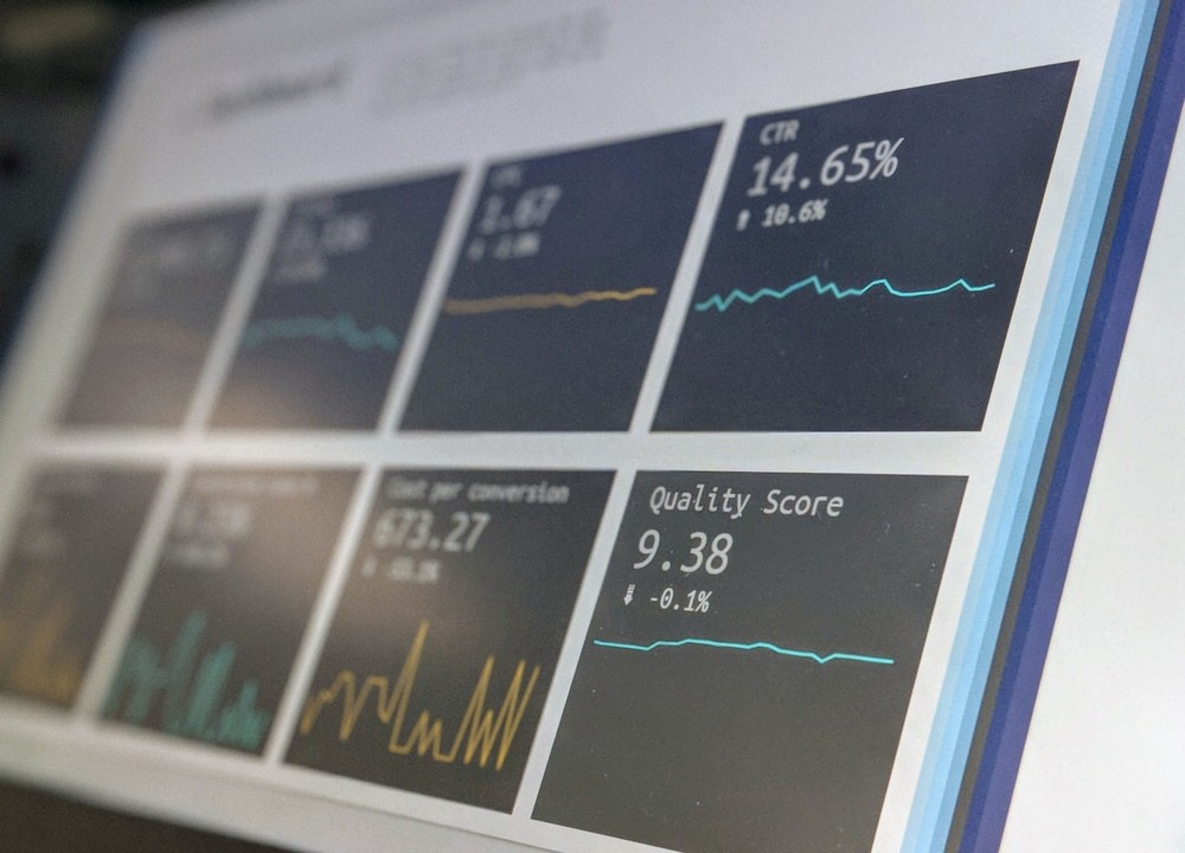Building an ESG ratings methodology with alternative data
Alex Fidgeon-Keeler, Associate (London)

There are many reasons why using ESG scores from ratings providers are unattractive from an investment point of view, including 1) fund mandate suitability, 2) investment goals and 3) alpha capture. What’s more, there are now more opportunities than ever to build one’s own proprietary methodology, thanks to the growing supply of alternative ESG data sources. To date, Neudata have identified over 100 alternative datasets that offer granular metrics on the governance and sustainability practices across firms. At first glance, many of these alternative sources may not appear to be a provider of ESG information. In this report we outline a few examples of such sources, indicating the specific ESG issues each dataset covers.
The growing supply of alternative data sources that offer insights into the ESG practices of the firm provides investors with more opportunities to build their own ESG ratings methodology. One that is better suited to a fund’s mandates, investment goals and offers edge. But where to find the data?
Self-selecting datasets
In our view, building a proprietary ESG ratings methodology provides notable benefits, including:
- ESG with edge: Investors are able to choose datasets that are relatively undiscovered or are completely underutilized as an ESG dataset – in other words, datasets that are yet to exhibit alpha decay.
- A more objective and accurate ESG risk signal: Most traditional ratings providers predominantly base their scores on company disclosures i.e. self-reported information, which can often be biased and heavily subjective. Conversely, many alt datasets offer data from an ‘outside-in’ perspective of company ESG standards. In other words, data that has not been directly sourced from the issuer. Clearly, building a ratings methodology that is based on information outside of self-disclosures is more likely to generate an objective and accurate ESG risk signal.
- Investors can hand pick datasets that offer signals for future financial performance. Many ESG factors are financially material, but the materiality of each factor will differ depending on sector, region and market cap. Hand picking such factors where appropriate can help match ESG integration with market outperformance, and avoid unnecessary noise.
- Alternative sources can quantify ESG intangibles. Social and human capital factors in particular have previously been considered as difficult and impossible to measure. Alt data sources are able to quantify (perhaps not perfectly) intangibles such as employee engagement, customer welfare, training & development and corporate values.
- Investors can hand pick datasets based on their investment mandates or specific criteria – e.g. using specific diversity datasets that fit with gender equity mandates/criteria.